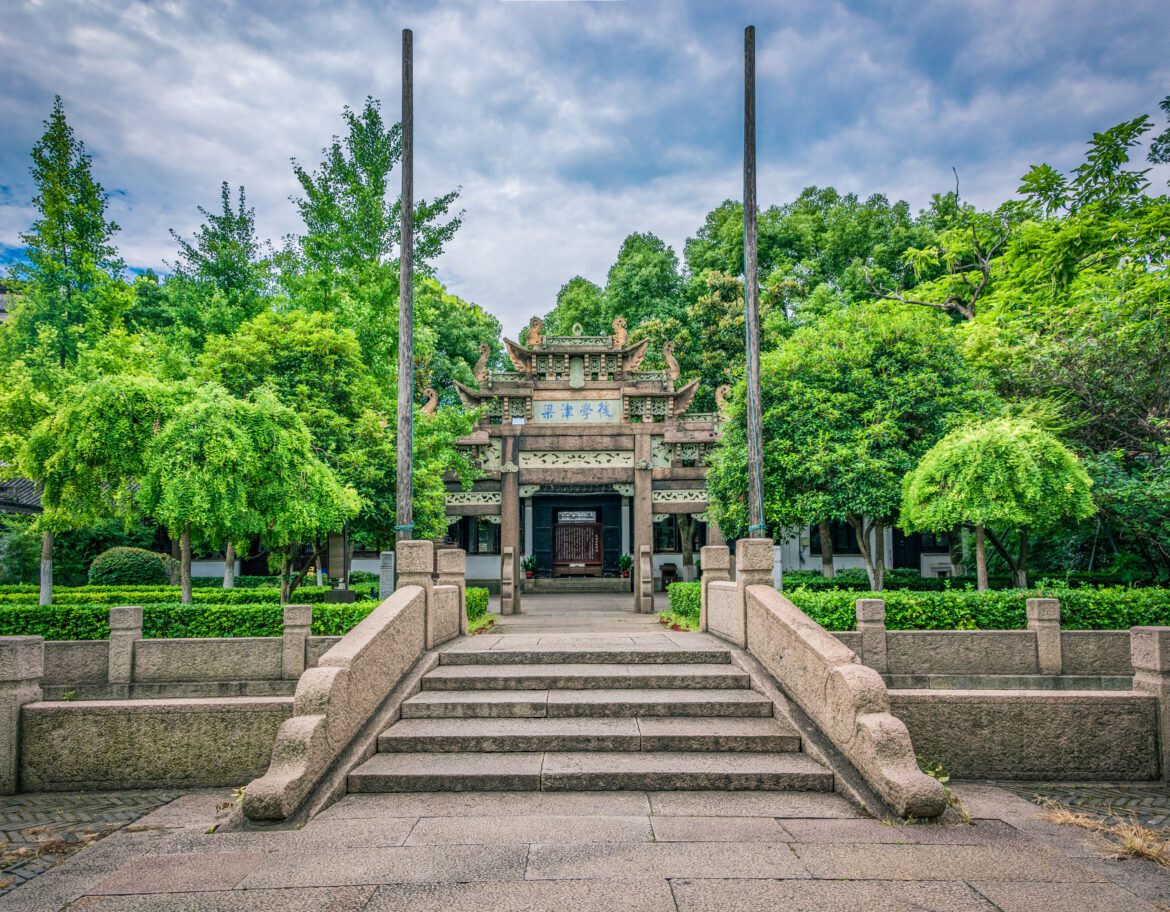Vietnam, a captivating Southeast Asian country, is known for its rich cultural legacy and numerous artistic expressions. Vietnam provides a fascinating voyage through time and creativity, from its ancient temples and imperial citadels to its lively street art and contemporary architecture. This guide will delve into Vietnam’s art and architecture, covering its distinct styles, influences, and iconic landmarks.
Traditional Vietnamese Art
Vietnamese art has a long and illustrious history, shaped by exchanges with neighboring cultures such as China, India, and Cambodia. Painting, sculpture, ceramics, and lacquerware are all examples of traditional Vietnamese art.
Traditional Vietnamese painting is a well-known art genre in Vietnam. These paintings, which frequently feature landscapes, wildlife, and situations from daily life, are distinguished by their delicate brushwork, soft colors, and attention to detail. Traditional Vietnamese paintings frequently feature the “four noble plants”: bamboo, orchid, chrysanthemum, and plum blossom, which reflect the four seasons and the Vietnamese people’s integrity and resilience.
Vietnamese sculpture has also played an important role in the country’s art history. Sculptures constructed of wood, stone, and bronze can be seen in pagodas, temples, and communal buildings all around Vietnam. These sculptures frequently feature Buddhist and Taoist deities, mythical figures, and historical heroes, expressing the Vietnamese people’s spiritual beliefs and cultural values.
Vietnamese ceramics are another notable art style, with elaborate designs and bright glazes. The northern province of Bat Trang is famous for its pottery villages, where artists produce beautiful ceramics using ancient skills passed down through generations.
Contemporary Art and Street Art
While traditional art forms continue to thrive in Vietnam, contemporary art has grown in popularity in recent years. Modern Vietnamese artists work in a variety of materials and styles, fusing traditional techniques with contemporary ideas.
Hanoi and Ho Chi Minh City are the epicenters of Vietnam’s contemporary art scene, with a plethora of galleries and art spaces displaying the works of new and established artists. These exhibitions give artists a forum to convey their views on social issues, cultural identity, and the rapid changes occurring in Vietnamese culture.
Vietnam’s cities are ornamented with colorful street art in addition to contemporary art galleries. Artists transform ordinary walls into compelling pieces of art by creating large-scale murals and graffiti in public locations. This urban art scene not only provides color and energy to the streets, but also reflects the country’s dynamic youth culture and future goals.
Architectural Wonders
The architectural landscape of Vietnam reflects its rich history and numerous cultural influences. Vietnam’s architectural styles range from ancient temples and pagodas to French colonial structures to modern skyscrapers.
Hoi An, Vietnam’s historic town, is a UNESCO World Heritage site known for its well-preserved architectural jewels. Visitors can enjoy the peculiar blend of Vietnamese, Chinese, and Japanese architectural elements in the traditional residences, assembly halls, and the iconic Japanese Covered Bridge as they walk through the small lanes.
The Imperial Citadel of Thang Long in Hanoi is another architectural masterpiece. This ancient structure, built during the Ly Dynasty in the 11th century, functioned as Vietnam’s political and cultural centre for several centuries. Today, it serves as a symbol of the country’s rich history and is a UNESCO World Heritage site.
The architecture of Hanoi and Ho Chi Minh City reflects Vietnam’s imperial past. With their large facades and decorative decorations, French colonial buildings stand beside native Vietnamese constructions, creating a fascinating contrast of styles. The Notre Dame Cathedral Basilica of Saigon and Ho Chi Minh City’s Central Post Office are both outstanding examples of French colonial architecture that continue to enchant visitors.
Vietnam has adopted new architectural ideas in recent years, particularly in its thriving cities. The Lotte Centre in Hanoi and the Bitexco Financial Tower in Ho Chi Minh City are just two examples of Vietnam’s ambitious skyscrapers, which demonstrate the country’s goals for economic growth and prosperity.
Conclusion
Art and architecture in Vietnam provide a captivating glimpse into the country’s cultural legacy and aesthetic prowess. Vietnam’s artistic environment is as diverse as its people, ranging from ancient Vietnamese art forms anchored in centuries-old traditions to contemporary manifestations that reflect the country’s growing character. A tour through Vietnam’s art and architecture is an engaging and enriching experience that will leave a lasting impression, whether viewing ancient temples and pagodas, visiting contemporary art galleries, or wandering the streets covered with colorful street art.

